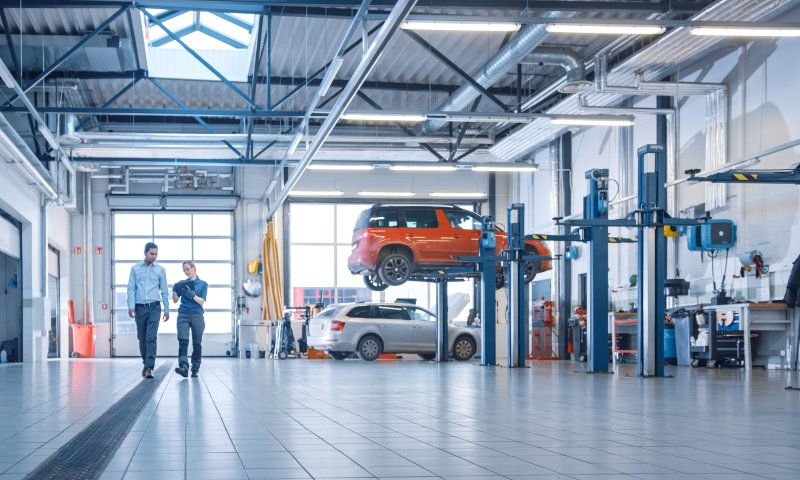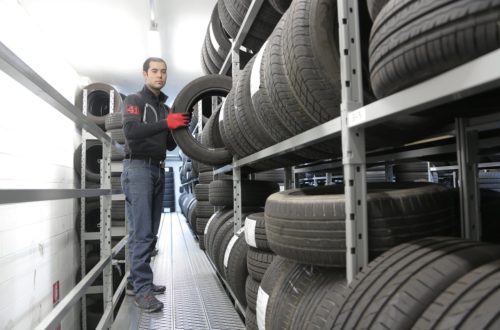5 Tips To Handle High Volume in Auto Repair Shops

Seasonal spikes, staffing gaps, and an unpredictable stream of walk-ins can turn even the most organized auto shop into a bottleneck. When bays are full and the phones won’t stop ringing, productivity tanks, and tempers can rise just as fast.
Below are five actionable tips to handle high volume in auto repair shops without sacrificing quality or burning out your team.
1. Schedule by Job Duration
Not every repair job should get the same time slot. To prevent logjams, start by assigning short jobs, such as oil changes, brake inspections, and tire rotations, to the earliest appointments. These quick wins build momentum and clear space for more time-intensive work later.
Larger jobs, including diagnostics or repairs needing part orders, are better scheduled after lunch. Customers with complex concerns often have more questions, so these visits benefit from quieter hours. A visual scheduling board or digital queue that tags jobs by estimated duration can streamline the process even further.
2. Pre-Stage Parts and Tools
Digging through inventory during a job wastes valuable time. Instead, prepare a staging area where all parts and required tools for the next two hours of appointments are gathered in advance.
Assign one team member at the beginning of each shift to handle this. They don’t need to be a technician, just someone organized and familiar with the parts room. This one simple habit can shave 15 to 30 minutes off most repair times.
3. Cross-Train Your Team
During rushes, job roles blur. A service advisor who can pull parts or process a basic invoice? That’s gold. A technician who can explain a repair to a waiting customer? Even better.
Set aside 30 minutes every Monday to do mini cross-training sessions. Teach one task, rotate the skill, and document it. Weekly sessions increase flexibility and are one of the most overlooked auto repair shop efficiency tips for high-traffic periods.
4. Audit Equipment Weekly
A broken auto lift or sluggish scan tool throws everything off schedule. Set up a standing 15-minute equipment check every Friday morning before the shop opens. Include items such as car lifts, air tools, printers, alignment racks, and Wi-Fi.
Some of these checks—particularly for hydraulic lifts—are also smart ways to improve your scissor lift’s service lifespan. A little preventive care on Friday can save hours of downtime the following week.
5. Use Text Updates, Not Calls
Phone calls are slow, easy to miss, and often lead to callbacks. As an alternative, use text messaging to send updates, get approvals, and notify customers that their vehicle is ready. It’s faster for everyone.
Apps like AutoVitals, Tekmetric, or a shared Google Voice number make this easy to implement. You’ll cut phone time in half and speed up decision-making on repairs.
Don’t Forget the Slow Season
The best tips to handle high volume in auto repair shops aren’t always discovered during the rush. They’re refined afterward. Once the chaos dies down, schedule a two-hour post-mortem with your team. Identify three things that slowed you down and one process worth testing before the next surge hits.
Sometimes, the biggest gains happen when the bays are quiet.
Would you like to receive similar articles by email?





